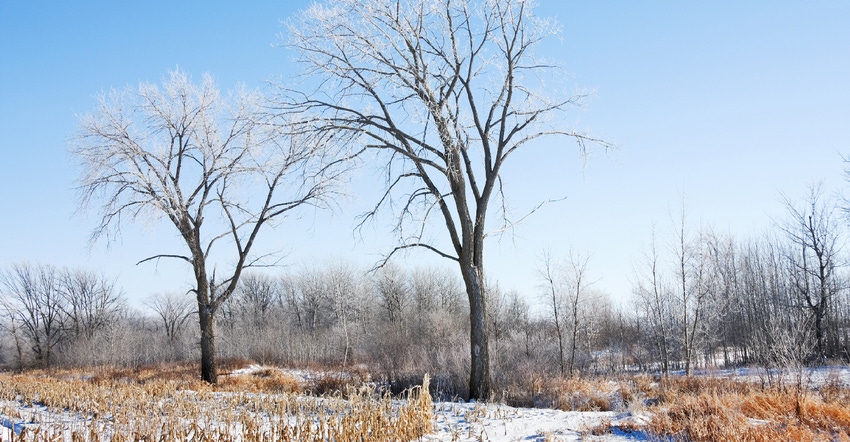December 1, 2020

January of 1981 was the driest in Minnesota history, at least back to 1895.
Nearly all the precipitation in January comes as snow — and historically in Minnesota, January is usually the snowiest month.
But not that year. Statewide average snowfall in January 1981 was only 25% to 30% of normal —about 3.5 inches. A major portion of the monthly snowfall came from a storm on the 31st, which dumped from 1 to 4 inches. The statewide precipitation from melted snow averaged only 0.19 inch that month, a measly amount for any month.
The month was dominated by high pressure, mostly clear skies and warmer-than-normal temperatures, notably helped by little snow cover on the ground throughout the month. Precipitation was measured in most areas on only seven or eight days during the month, and for the most part, it fell as light snowfall.
In southwestern Minnesota, Luverne reported just a trace of precipitation on four days, while in the far north at Gunflint Lake, no snowfall at all was reported until the 31st. Portions of Cook, Pennington, Crow Wing, Aitkin, Rock, Nobles and Wabasha counties reported no measurable precipitation or snowfall for the entire month — only trace amounts. In many areas of the state, the ground was bare all month long. Snowplow operators were idle.
Temperature records
The absence of snow cover, relatively cloud-free skies and southerly winds produced record-breaking warmth during the second half of the month. From January 18 to 25, daytime temperatures soared from around 50 degrees F to 60 degrees across southern and western counties.
Within the Minnesota state climate network, nearly 300 daily temperature records were broken. Back-to-back statewide high temperature records were set over the 24th and 25th. Montevideo reported an afternoon high of 69 degrees on the 25th — the highest January temperature ever measured in Minnesota. Springfield reported a statewide record high of 67 degrees on the 25th.
Some nights were so warm that low temperatures remained in the low to mid-30s, about 25 to 30 degrees warmer than normal. Soils which had been frozen earlier in the winter began to thaw out.
February continued warmer than normal as well, taking the frost out of the soil. With little snow cover, some farmers in southwestern Minnesota even planted small grains later in February, including Wally Nelson, then superintendent of the University of Minnesota Southwest Experiment Station at Lamberton. Yields were not the best, but the crop survived the balance of winter. This was one of the very few times in history that small grains were planted in the month of February.
Seeley is professor emeritus of climatology, University of Minnesota.
About the Author(s)
You May Also Like




